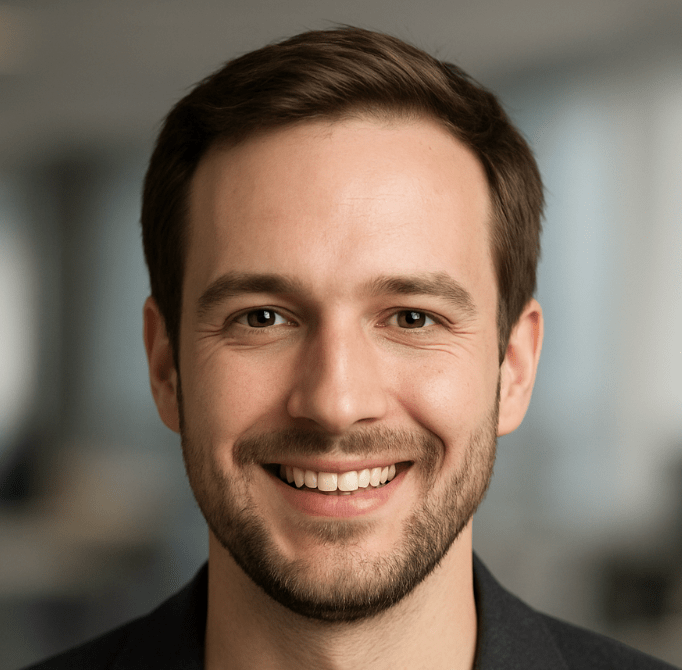Five years ago, when I wrote my first blog post about starting this award program, I had hopes and theories about what recognizing cybersecurity excellence could accomplish. Today, as I look back on what we've achieved together as a community, I can say with certainty that the reality has exceeded every expectation I had.
We've recognized over 400 cybersecurity professionals across 15 award categories. We've shared stories from 67 countries and highlighted innovations that have collectively prevented millions of security incidents. We've created a global network of excellence that spans every sector, every role level, and every specialization within cybersecurity.
But the numbers, impressive as they are, only tell part of the story. What really matters is how this recognition has changed careers, influenced organizations, and strengthened our cybersecurity community. Let me share some of the lessons we've learned and the impacts we've observed.
First, recognition has a multiplier effect that extends far beyond individual award recipients. When we celebrated Dr. Maria Santos's research on quantum-resistant cryptography, it didn't just validate her work. It inspired three different universities to launch quantum security research programs. It influenced two major technology companies to accelerate their post-quantum cryptography implementations. It encouraged dozens of graduate students to pursue careers in cryptographic research.
This pattern has repeated consistently across all our award categories. Recognition creates ripple effects that amplify the impact of excellent work. It turns individual achievements into community learning opportunities and catalysts for broader innovation.
Second, we've learned that excellence in cybersecurity takes many more forms than I initially realized. When we started, I focused primarily on technical innovation and leadership achievement. But over five years, we've discovered that some of the most impactful contributions come from unexpected places.
Take Jennifer Rodriguez, a security awareness coordinator at a small nonprofit organization. Her innovative approach to cybersecurity education for seniors has been adopted by hundreds of community organizations worldwide. She recognized that traditional cybersecurity training doesn't work for older adults and developed age-appropriate education methods that have measurably reduced victimization rates among vulnerable populations.
Or consider David Park, a compliance analyst who developed new frameworks for privacy protection in humanitarian aid organizations. His work enables aid organizations to use technology more effectively while protecting the safety and privacy of people in crisis situations. It's not the kind of work that typically gets attention, but it has real-world impact for some of the world's most vulnerable populations.
These examples taught us that cybersecurity excellence includes not just preventing attacks, but also enabling positive uses of technology, protecting vulnerable populations, and making cybersecurity more accessible and inclusive.
Third, we've observed how recognition can address some of cybersecurity's most persistent challenges, particularly around diversity and retention. When we started highlighting the achievements of women, people of color, and professionals from underrepresented backgrounds, we created role models that have inspired others to enter and stay in cybersecurity careers.
The data is encouraging. Universities report increased enrollment in cybersecurity programs from underrepresented groups. Organizations are developing more inclusive hiring and advancement practices. Most importantly, we're hearing from individuals who decided to pursue or continue cybersecurity careers after seeing themselves represented in our recognition programs.
Sarah Kim, one of our early award recipients for her work on inclusive security design, now leads a team of 30 security professionals at a major technology company. She regularly credits her award recognition with giving her the confidence and visibility to pursue leadership opportunities. Her team has become a model for how diverse perspectives improve security outcomes.
Fourth, we've learned that storytelling is one of the most powerful tools we have for advancing cybersecurity as a profession. Technical achievements are important, but human stories are what create emotional connection and inspiration. When we share not just what people accomplished, but why they did it and how they overcame challenges, we create narratives that help others see possibilities for their own careers.
The story of Alex Thompson, who transitioned from military service to cybersecurity after an injury ended his combat career, has inspired hundreds of veterans to consider cybersecurity careers. The story of Dr. Priya Patel, who left a lucrative consulting career to focus on cybersecurity research that could help her home country improve its digital infrastructure, has encouraged professionals to think about how their work can have broader social impact.
These stories do more than inspire individuals; they help organizations and policymakers understand the human dimension of cybersecurity work. They make abstract concepts like "cybersecurity workforce development" concrete and personal.
Fifth, we've discovered that excellence is contagious. Organizations that have had employees recognized through our program report improved performance across their entire security teams. Recognition creates aspiration and sets standards that motivate others to pursue similar excellence.
More importantly, award recipients often become mentors and advocates for excellence in their organizations and communities. They share knowledge, support colleagues, and create cultures that value innovation and continuous improvement. This multiplier effect means that recognizing one excellent professional often improves the performance of many others.
Looking ahead, I see several trends that will shape the future of cybersecurity excellence. Artificial intelligence and machine learning are creating new opportunities for innovation, but they're also requiring cybersecurity professionals to develop new skills and approaches. Climate change and sustainability are becoming important considerations in technology design, including cybersecurity infrastructure.

The geopolitical landscape is creating new challenges around international cooperation and information sharing. Supply chain security is becoming more complex as organizations rely on increasingly interconnected technology ecosystems. Remote work and distributed teams are changing how security professionals collaborate and how security controls are implemented.
But what gives me the most confidence about the future is the quality and commitment of the cybersecurity professionals we've recognized over the past five years. They've demonstrated remarkable ability to adapt to changing circumstances, learn new skills, and develop innovative solutions to emerging challenges.
They've also shown that cybersecurity excellence isn't just about technical capability. It requires empathy, creativity, communication skills, and ethical reasoning. The best cybersecurity professionals understand that their work ultimately serves human needs and human values.
As we look toward the next five years, our recognition program will continue to evolve. We're expanding our international reach to better represent the global nature of cybersecurity challenges and solutions. We're developing new award categories that reflect emerging specializations and interdisciplinary approaches. We're creating more opportunities for peer learning and knowledge sharing among award recipients.
But our core mission remains the same: to identify, celebrate, and amplify cybersecurity excellence in all its forms. We want to ensure that excellent work is recognized regardless of where it happens, who does it, or what form it takes.
The cybersecurity challenges ahead are significant, but so is the talent and dedication of the professionals working to address them. Every day, cybersecurity professionals around the world make decisions and take actions that protect people, organizations, and communities. Most of this work happens without recognition or fanfare, but it's essential to the functioning of our digital society.
This award program exists to ensure that excellence doesn't go unnoticed. It's our way of saying that cybersecurity work matters, that innovation and dedication are valued, and that the people protecting our digital infrastructure deserve our gratitude and recognition.
Five years ago, I believed that recognizing excellence could make cybersecurity stronger. Today, I know it can. The question isn't whether recognition makes a difference, but how much difference we can make by doing it better and more inclusively.
The future of cybersecurity depends on attracting and retaining excellent professionals who are motivated to do their best work. Recognition is one of the most powerful tools we have for creating that future.
Here's to the next five years of celebrating cybersecurity excellence. Here's to the professionals who will rise to meet tomorrow's challenges. And here's to a cybersecurity community that recognizes, supports, and celebrates the best in all of us.


